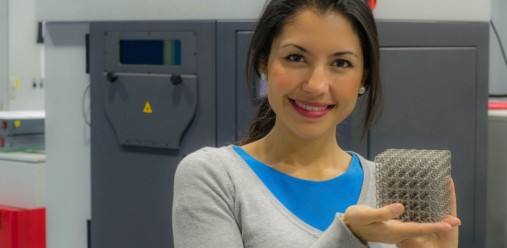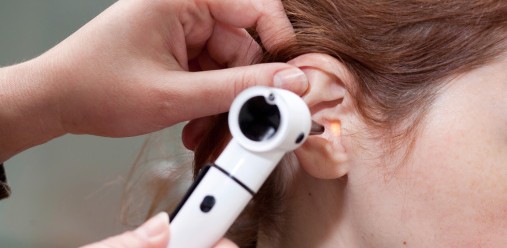Does Coffee Drinking Lower the Risk of Melanoma?
A study published recently by researchers from the Yale School of Public Health and the Division of Cancer Epidemiology and Genetics at the National Institute of Health (NIH), reported the consumption of coffee was associated with a reduced risk of melanoma.
It is estimated that approximately one in five Americans will develop skin cancer. Melanoma is currently the leading cause of skin cancer death in the U.S. with an increasing incidence. Nearly 5000 Floridians are diagnosed with Melanoma annually.
Estimates of coffee consumption reveal that that Americans drink an average of 3.1 cups of coffee daily (NCA Drinking Trends Survey). Furthermore, 83% of U.S. adults drink coffee.
The recent study looked at 447,357 non-Hispanic whites who were cancer free during at baseline. They were followed for an average of 10.5 years. During the study period, 2904 developed melanoma. Using statistical methods to determine risk, those who were in the group with the highest coffee consumption had the lowest risks of developing melanoma. Even after controlling for confounding variables including sex, age, BMI, alcohol intake, smoking status, and ultraviolet radiation exposure, the results held true.
Prior studies looking at the association between coffee consumption and melanoma have had mixed results. In a 2012, published data derived from the Nurses’ Health Study and Health Professionals Follow-up Study found that those women who consumed the most caffeine had an 18% lower risk of basal cell cancer (Song F, Qureshi AA, and Han J. Cancer Research 2012 Jul 1; 72(13) 3282-3289). However, caffeine intake was not associated with a lower risk of melanoma. Contrary to this, a prior case control study based out of Italy did show a protective effect of daily coffee consumption on the development of melanoma.
Studies have shown that the components of coffee may protect against oxidative stress and damage to DNA. There is belief that coffee may suppress Ultraviolet (UVB) induced skin cancers. Animal models have shown that caffeine helps to eliminate damaged skill cells before they have a chance to develop into tumors.
Caution should be exercised in considering these results as conclusive. More research is needed to look at this association. Differences in populations, possible measurement errors, and other confounding variables must be considered. Furthermore, while the lowest risk of developing melanoma in this study was associated with those who consumed the most coffee, there are known side effects of excessive coffee consumption.






